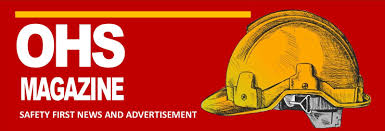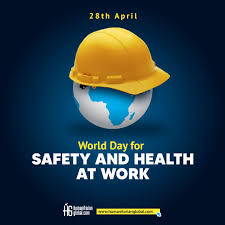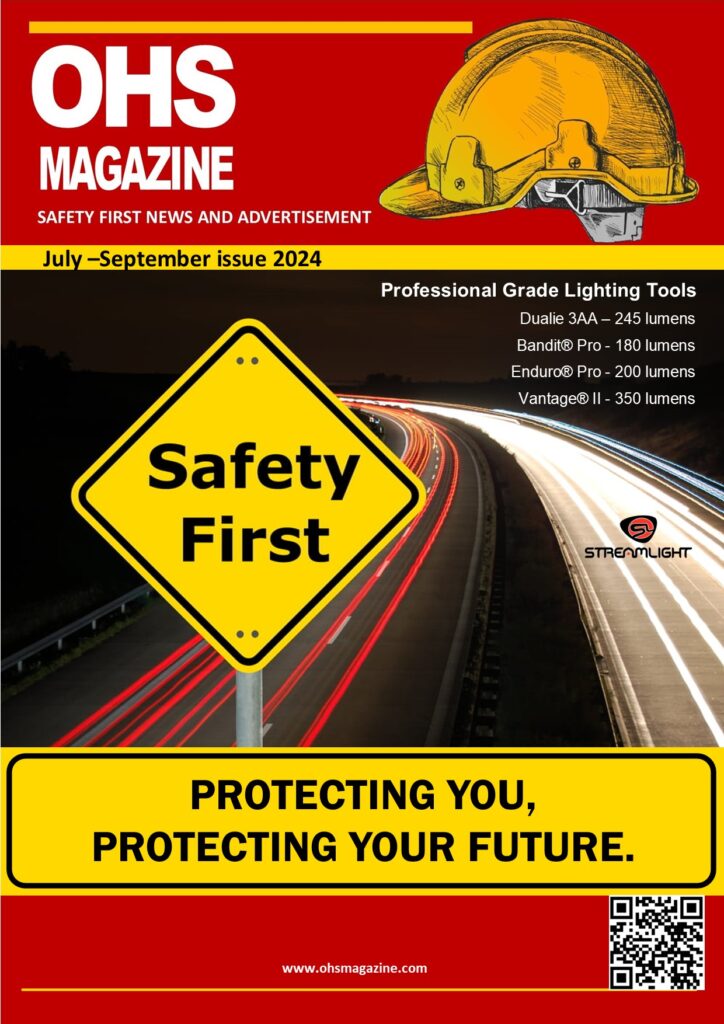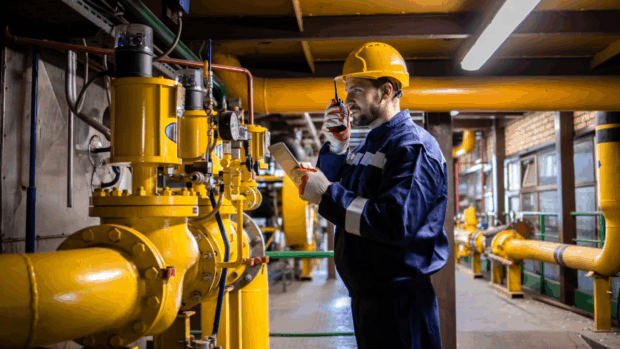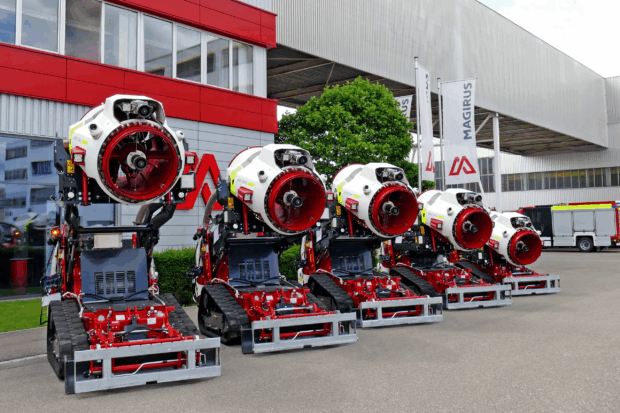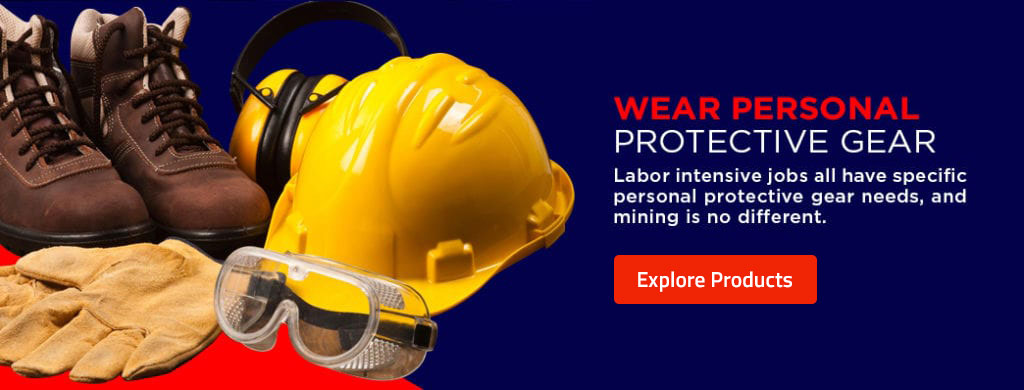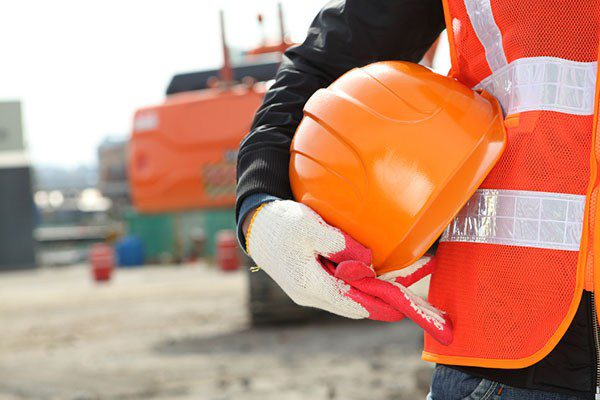The Gravity of Non-Fatal Workplace Safety. In the realm of workplace safety, the specter of fatal accidents often commands the spotlight, overshadowing the silent but significant toll of non-fatal incidents. Among these, falls represent a grave concern, inflicting not just physical harm but also exerting substantial economic and emotional strains on both individuals and organizations.
According to recent data from the Occupational Safety and Health Administration (OSHA), non-fatal falls rank among the leading causes of occupational injuries across diverse industries. While these incidents may not always culminate in fatalities, their consequences reverberate far beyond the immediate aftermath.
The gravity of non-fatal falls lies not only in their prevalence but also in their profound impact on workers’ well-being and productivity. Beyond the physical injuries incurred, such as fractures, sprains, and concussions, victims often grapple with psychological distress and diminished quality of life. Additionally, the ripple effects extend to employers, who face increased healthcare costs, productivity losses, and potential legal liabilities.
Furthermore, the financial ramifications are staggering. A study published in the Journal of Safety Research revealed that the average workers’ compensation claim for a fall-related injury amounts to tens of thousands of dollars, with indirect costs eclipsing these figures. Moreover, the burden disproportionately falls on small and medium-sized enterprises, which may lack the resources to implement robust safety measures.
Addressing the scourge of non-fatal falls demands a multi-faceted approach that encompasses stringent regulatory enforcement, comprehensive risk assessments, and proactive safety measures. Employers must prioritize the implementation of engineering controls, such as guardrails, non-slip surfaces, and personal protective equipment, alongside fostering a culture of safety through training and awareness campaigns.
Moreover, leveraging technological innovations, such as wearable devices and real-time monitoring systems, holds promise in preempting falls and providing timely interventions. Collaboration between stakeholders, including government agencies, industry associations, and academia, is imperative to drive systemic change and cultivate safer work environments. The Gravity of Non-Fatal in Workplace Safety
In conclusion, while non-fatal falls may not always capture headlines, their toll on human lives and economic well-being underscores the urgent need for concerted action. By recognizing the gravity of this pervasive hazard and implementing proactive measures, we can strive towards a future where every worker returns home safely at the end of the day.
